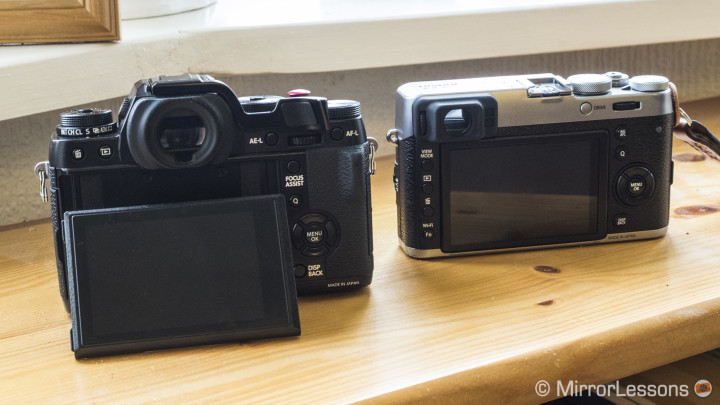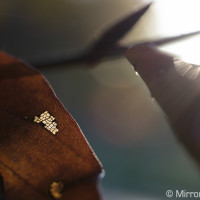It was one of the most powerful photographic film manufacturers of the mid-to-late 1900s but Fujifilm was both humble and intuitive enough to foresee the rise of digital and the decline of film many years before it actually happened. Instead of hiding its head in the sand, the company resolved to diversify into new areas, develop in-house expertise and invest in digital technology. These investments cost the company in the short-run but the long-term gains were great.
One example of Fujifilm’s innovation in digital technology is the Fujifilm X Series, and the latest iterations, the X100T and X-T1, have been embraced by the photography world for their lightweight, compact bodies and powerful inner workings. The X100T is the third generation of the company’s extremely popular X100 series, a line of fixed-lens premium compacts, whereas the X-T1 is a mirrorless interchangeable lens camera. They house the same X-Trans II sensor but have been designed for different purposes as you’ll discover in this comparison.
Want to find out more about these two popular Fujifilm X cameras? Then let’s get started!
[toc heading_levels=”3″]
Ethics statement: We purchased the X-T1 and X100T to conduct our full reviews and comparisons. We were not asked to write anything about these cameras, nor were we provided any other compensation of any kind. Within the article, there are affiliate links. If you decided to buy something after clicking the link, we will receive a small commission. Don’t worry – prices remain the same for you. To know more about our ethics, you can visit our full disclosure page. Thank you!
Main Specifications
The biggest difference between these two cameras is that one has a fixed-lens whereas the other features an interchangeable mount. The design is also different–one was conceived in the rangefinder style whilst the other is reminiscent of film SLRs.
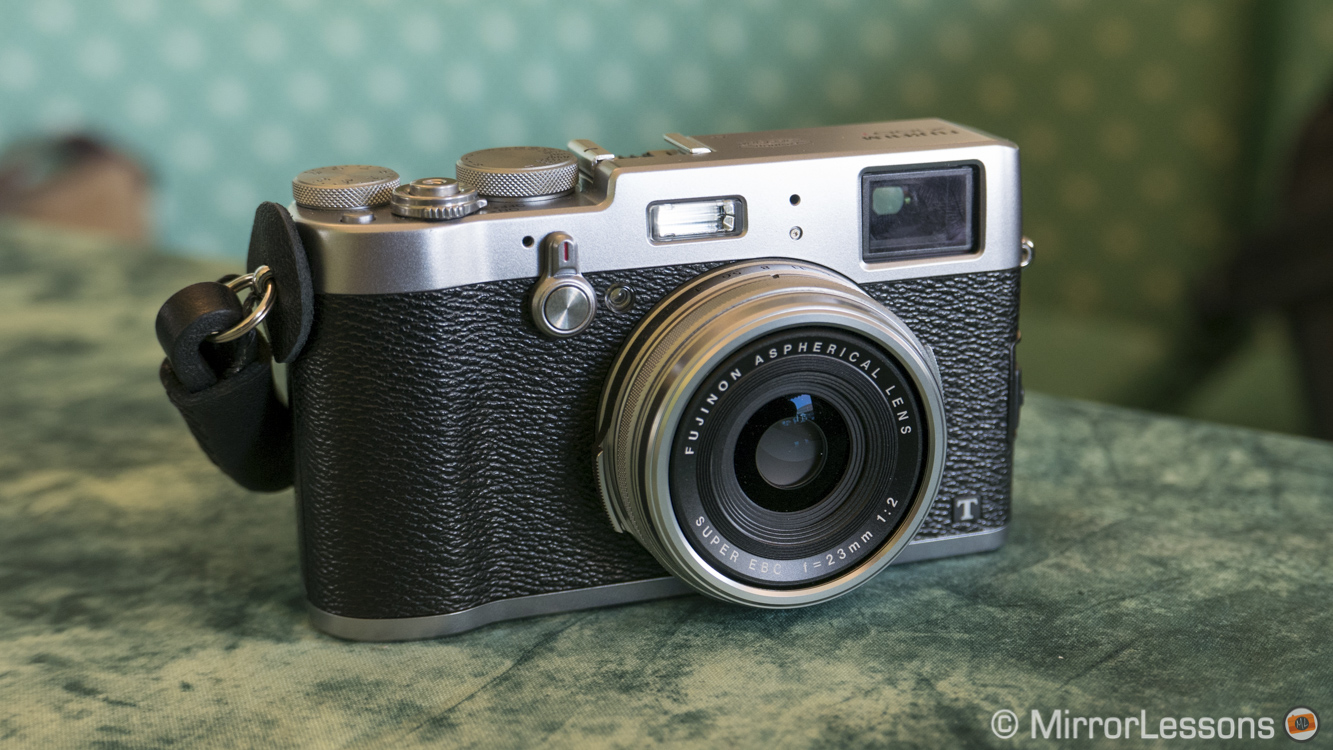
The X100T has a fixed 23mm (35mm equivalent) prime lens with a fast aperture of f/2. The lens is the same as that found on the original X100 and the second generation X100s. It features a classic rangefinder design that one could almost mistake for a Leica due to the hybrid viewfinder positioned on the upper left-hand side of the camera. It houses a 16 megapixel X-Trans CMOS II sensor (APS-C).
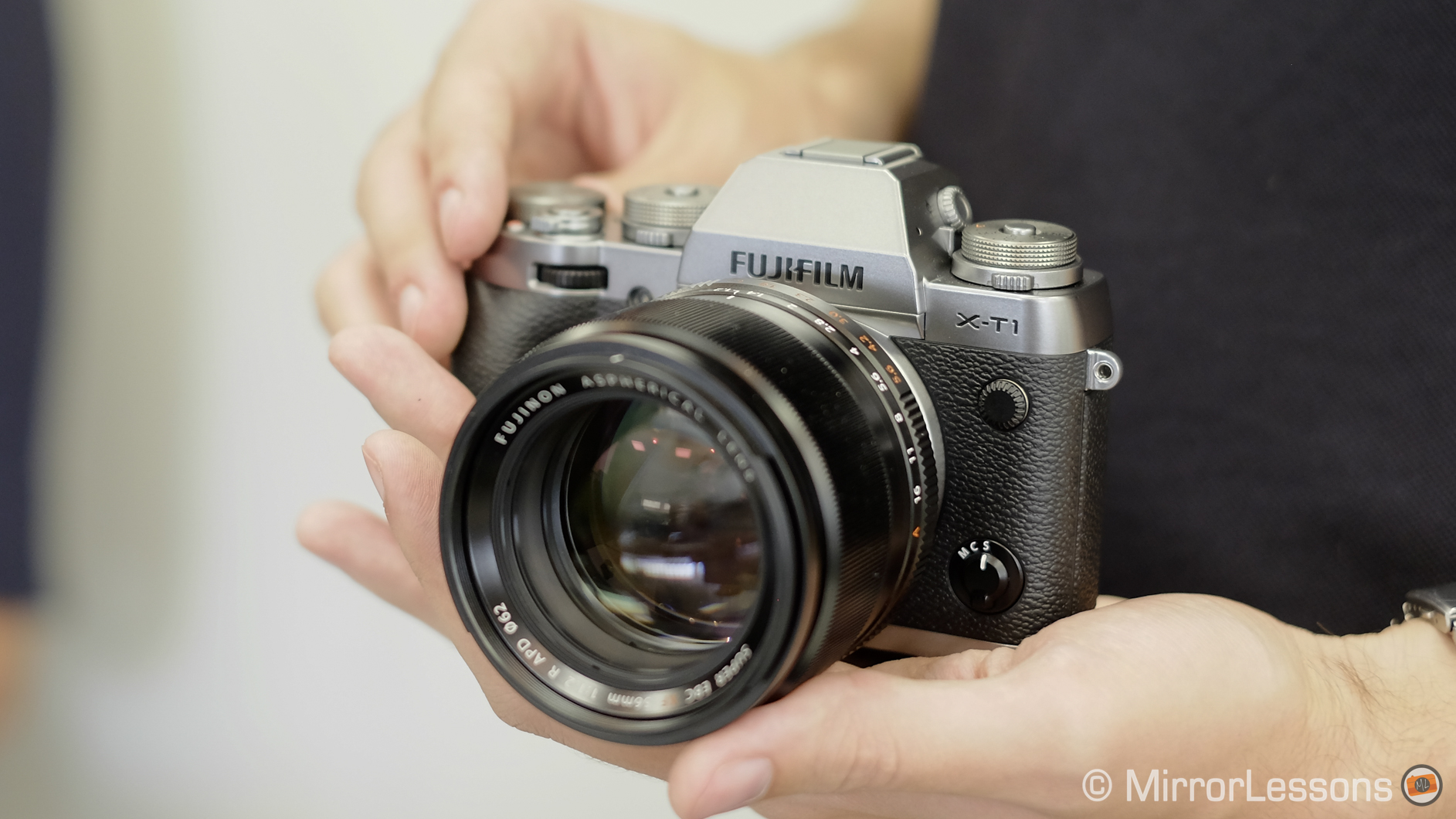
The X-T1 has an interchangeable Fuji X mount, which means it can host any XC or XF lens. It features a classic SLR-styled body that is notably smaller than traditional DSLRs and houses the exact same sensor as the X100T.
Ergonomics and Design
We all know that both cameras conjure up memories of film cameras. The difference lies in the type of camera they resemble. As I mentioned above, the X100T features a smaller rangefinder design whereas the X-T1 resembles a larger SLR.
Both cameras can be controlled by their numerous external dials, rings and buttons, eliminating the need to dig into the menu to access the basic controls.
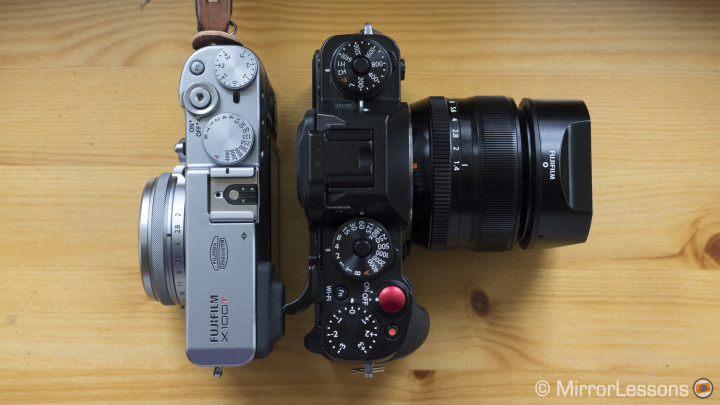
The X100T features a shutter speed dial and exposure compensation dial on top. On the back you’ll find a command dial which fine-tunes the shutter speed when you have a shutter speed value selected, but can also act as a magnification button when you press it.
The aperture is set using the clicking aperture dial on the lens. It can be turned using the two ribbed tabs on either side. Next to the aperture ring is the focus ring, which is smooth and accurate. It also doubles up as an image playback ring in Playback mode.
The shutter release sits on top of the on/off toggle. The latter is a little flimsy and sometimes flips back and forth when inside a pocket or bag. The shutter release is threaded.
You can access all the most important settings via the dials on the X-T1. On top there is an exposure compensation dial, shutter speed dial and ISO dial, and underneath the ISO dial there is a Drive dial to change your shooting mode. The ISO dial remains locked unless you hold down the small button in the centre and rotate it. For some reason, this is not the case for the shutter speed dial; it is only necessary to press the lock button to get out of A mode. The exposure compensation dial does not have a lock button.
Instead of having just one command dial, there are two–one on the front and one on the rear. The frontal dial fine-tunes the shutter speed when a value is selected on the shutter speed dial, whereas the rear dial adjusts aperture when the lens being used doesn’t have an aperture ring of its own.
The shutter release sits on top of the on/off toggle. The on/off toggle clicks back and forth much more decisively than the one on the X100T. The shutter release is not threaded.
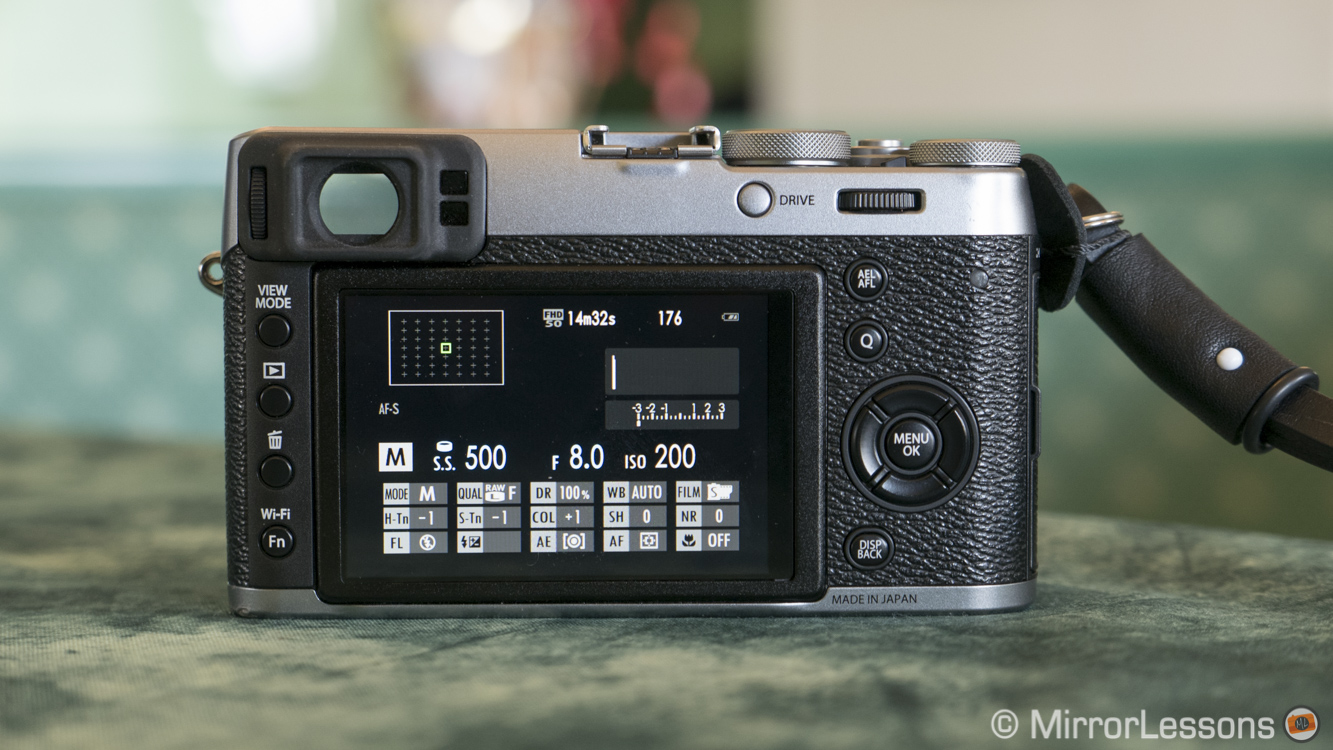
There are a total of 7 function buttons on the X100T–one on top, two on the rear to the left, and four on the arrow pad. They can be accessed either by going into Menu 3 and choosing Function (Fn) Setting or holding down the Disp/Back button. Most of the most important functions can be accessed and adjusted via the Q button on the rear.

The X-T1 is slightly less customisable with a total of 6 function buttons–one on the front, one on top, and four on the arrow pad. They can be accessed in the same way as on the X100T, either via the menu or the Disp/Back button. There is also a Q button.
On the X-T1, the AEL and AFL functions have been designated two separate buttons. Unlike the X100T, there is a dedicated movie button on the top. You’ll find the delete and playback buttons on the rear to the extreme left.
The X100T and X-T1 both have a high-quality viewfinder and LCD screen but there are a few significant differences between them.

The X100T, as well as its predecessors, has a special trick up its sleeve: its hybrid technology that allows you to switch between an optical and electronic viewfinder via a dedicated toggle on the front of the camera.
The EVF has x.067 magnification and 2360K dots of resolution. The overlay information rotates regardless of whether you’re in landscape or portrait orientation.
Within the OVF you get real-time parallax correction. You can also activate a tiny magnified EVF called ERF (electronic rangefinder) that will show a magnified area of the focus point. It is extremely useful for manually focus with the OVF. Focus Peaking and Digital Split Image can also be assigned to the ERF.
The viewfinder is located on the extreme left in the traditional rangefinder style.

The X-T1 has one of the best electronic viewfinders on the market. It has 0.77x magnification and 2360K dots of resolution with a time lag of only 0.005s.
Like the X100T, the overlay information rotates regardless of whether you’re in landscape or portrait orientation.
It features a useful DUAL mode for precise manual focussing. In this mode, you can simultaneously see a regular view of the screen and a magnified view with Focus Peaking or Digital Split Image enabled.
The viewfinder is located within the central hump in the traditional SLR style.
The X100T LCD screen is neither touch sensitive nor tiltable. It is 3-inches in size with a resolution of 1040K dots. As with most modern LCD screens, it is nice to use but you may want to switch to the VF in very sunny conditions.
The X-T1 LCD screen isn’t touch sensitive either but it does tilt up and down by 90 degrees, a very useful feature for shooting from awkward angles. It is also 3-inches with 1040K dots of resolution.
There are a few other similarities and differences in the overall design that should be mentioned.
The X100T has a built-in flash and a less substantial grip than the X-T1. It also has a hot shoe should you want to use extra accessories like an external flash. It is not weatherproof.
The X100T has always been available in black and silver.
The X-T1 has a more prominent grip than the X100T, which means that it handles better but is also less compact. It does not have a built-in flash but it has a hot shoe where you can attach an external flash unit. It is freeze, splash and dust proof.
Tthe X-T1 was originally only available in black but Fujifilm has recently released a silver Graphite version.
Image Quality


Since the Fujifilm X100T and X-T1 have the same APS-C 16MP X Trans II CMOS sensor, there isn’t much to compare regarding the image quality of the two models. Not to give away the punchline, but it is extremely good.
Fujifilm’s proprietary X Trans sensor adopts an innovative colour filter array that eliminates the need for an optical low-pass filter. As such, images produced by the sensor have excellent colour reproduction and resolution. In our opinion, it is one of the best APS-C sensors on the market. We love the dynamic range and high ISO performance, and the colours are nothing short of astounding.
In low-light situations, you can push the sensor as far as 6400 ISO. Any further and the noise and loss of detail becomes too intrusive. Keep in mind that after 6400 ISO, you can only shoot JPGs.
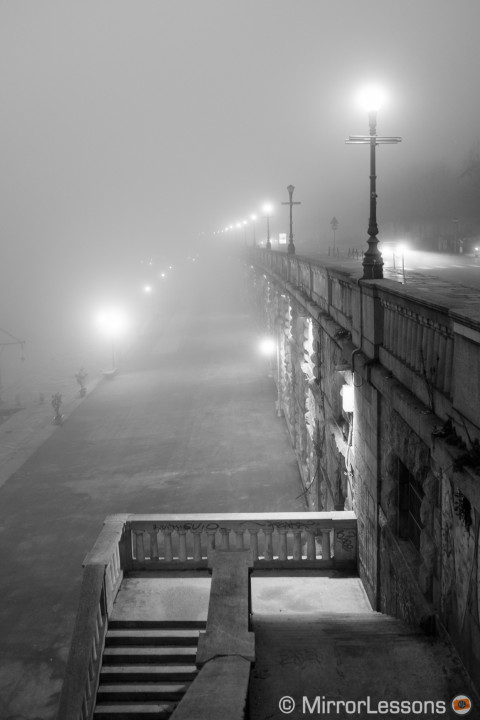

A well-loved aspect of all X series cameras are the Film Simulation Modes. As the name suggests, they imitate the appearance of acclaimed film brands including Provia, Astia, Velvia, a number of monochrome modes, and most recently, Classic Chrome. The latter isn’t actually based on any particular brand of film but is rather a subtle, calm and realistic colour palette meant for documentary and street work. It is natively available on the X100T and silver X-T1. You can add it to the black X-T1 via a firmware update (ver. 3.0).

Some have complained that certain post-production software programs like Adobe Camera Raw (aka Lightroom and Photoshop) do not handle the Fuji Raw files well, especially regarding sharpness and areas where foliage predominates. Though we here at MirrorLessons have never considered this to be a major problem, the programs that handle the Fuji RAW files the best are PhotoNinja, CaptureOne and Irident Developer. You can also use the Silkypix Raw File Converter 2.0 which is free. You can perform a basic development of the Raw file with it, save it to Tiff format and then import it into Lightroom or another software.
Autofocus and Performance
Despite Fujifilm’s reputation for poor autofocus performance on its previous X series cameras, both the X100T and X-T1 have very good (and very similar) autofocus systems.

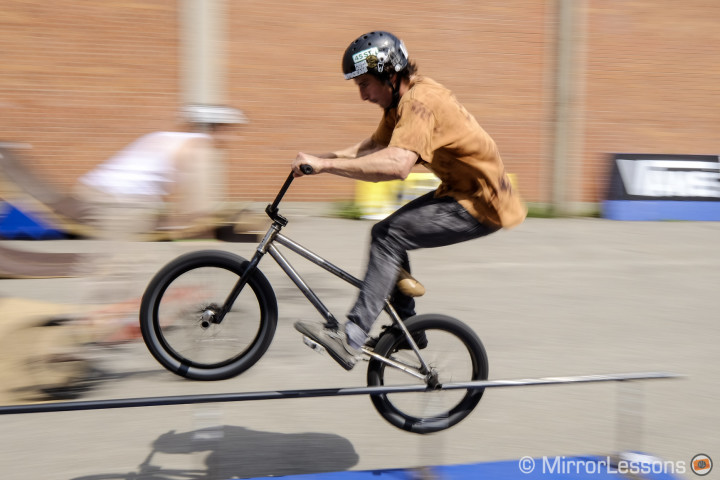
They both employ Intelligent Hybrid autofocus consisting of 9 phase detect points and 40 contrast detect points. The X100T and X-T1 use a technology called predictive AF which automatically activates when you choose AF-C. Both are more accurate in AF-C mode if you set the largest AF point, and both struggle a little in low-light (but this is a common trait amongst mirrorless cameras). However both cameras lack an AF tracking mode like some other mirrorless cameras.
Though the autofocus system is basically the same, there are a few minor differences between the X100T and X-T1.
While the X100T is very accurate in Multi-AF and AF-C, it sometimes struggles in AF-S mode even if the light conditions aren’t particularly challenging. The best way to improve its accuracy is to set the smallest AF point and activate High Performance mode in the menu.
To access the various shooting modes, you must go into the menu via the Drive button.
You can switch between S, C and M focus modes using the switch on the left side of the camera.
The X-T1’s autofocus is reliable in most situations but its performance depends on the lens you choose and whether you’ve updated the camera and lens with the latest firmware. With more recent lenses and the latest firmware update, the camera performs very well.
To access the various shooting modes, you can simply rotate the dial underneath the ISO compensation dial.
You can switch between S, C and M focus modes using the round switch on the front of the camera.
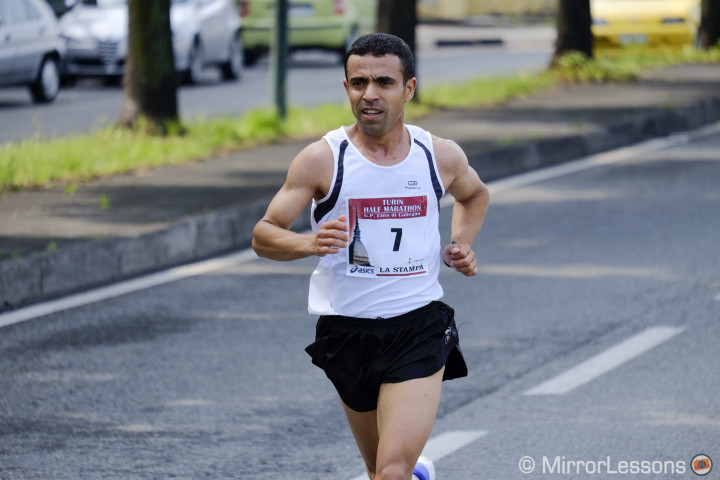
The continuous shooting capabilities of the X-T1 are slightly better than the X100T.
The X100T can shoot at 6fps (max. 25 JPGs) in CH mode and 3fps in CL mode (up to the capacity of the card).
In CH mode, you can only choose one of the 9 central phase detect points if you want to track a subject effectively. In CL mode, you can also access the contrast detect points but the AF won’t be quite as accurate.
The X-T1 can shoot at 8fps (max. 47 JPGs) in High mode and 3fps in Low mode (up to the capacity of the card).
The camera performs the same as the X100T in CH and CL mode.
While both cameras offer advanced manual focus modes with Magnification, Focus Peaking and Digital Split Image, there are some small differences in how they can be accessed.
On the X100T, you must go to Menu 3 and access MF Assist or use a function button to change your focussing method between Magnification, Focus Peaking and Digital Split Image.
On the X-T1, you can access all the manual focussing options from the Focus Assist button on the back. In M mode, simply hold down the button to switch between Magnification, Focus Peaking and Digital Split Image.
What’s more, when you manually focus you will be shown a Dual screen with an image of the entire scene on the left and a magnified version on the right. This option doesn’t exist on the X100T because the viewfinder is smaller.
The X100T used to be quieter than the X-T1 due to its leaf shutter but thanks to a firmware update, both the X100T and X-T1 now have a silent shooting option in the Set-Up 1 menu. They also have an electronic shutter option which allows you to shoot up to 1/32000.
Video Capabilities
Neither the X100T nor the X-T1 are renowned for their video capabilities. If you are looking for a mirrorless camera that does video well, stop reading this comparison now and take a look at our reviews of the Lumix GH4 or Sony A7s.
The X100T and X-T1 can shoot full HD up to 60fps and also have native manual controls (the X-T1 via the latest firmware update). However, the lack of a live preview mode for video makes shooting with this camera quite uncomfortable. The only way to know if your exposure is correct is to begin recording.
One difference between the two cameras is that the X100T has two ISO settings, one for stills and one for video, which is annoying. The X-T1 however has only one ISO setting which can be adjusted with the ISO dial.
Both have a mic input socket but it is a micro connector (Ø2.5mm) which means that you will need an adaptor to use a standard mini jack connector. Both cameras will allow the use of Film Simulation Modes while recording, which can give a pleasant look to your footage.
A long story short: both cameras are fine for casual video shooting but are not appropriate for professional purposes.
Other Features
There are a handful of other useful features you’ll find on both the X100T and X-T1. These include bracketing, panorama, multiple exposures, filters and multiple shot function. The difference is that on the X-T1, most of these functions can be accessed from the Drive dial under the ISO dial whereas on the X100T, you have to go into the menu.
Both cameras have wireless capabilities. Using the dedicated Fujifilm mobile app (Camera Remote), you can adjust the main settings of your camera, select the focus point, trigger the shutter release, playback images, download JPGs to your mobile, and more. The X-T1 also supports PC tethered shooting with the dedicated HS-V5 software (Windows only). Recently, a Photoshop plugin was released and can work with either Windows and Mac OS platforms.
The battery life isn’t spectacular on either camera. It will run out after about a half a day of intense shooting so it is advisable that you buy extra batteries for long shooting excursions. We’ve found that Patona batteries are an excellent and affordable choice. The X100T can also be charged with USB.
Conclusion
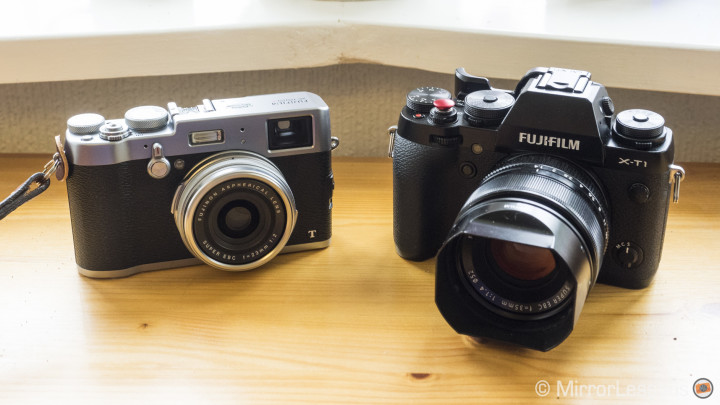
We are always surprised by the number of people who come to us unable to choose between the Fujifilm X100T and X-T1. It is true that the two have many traits in common, from the image quality produced by the APS-C 16MP X Trans II sensor to the autofocus system to the eye-catching vintage design but the fact remains that they are two different cameras for two very different purposes.
The X100T, with its fixed 35mm equivalent lens and compact rangefinder design, is the perfect street companion. It will appeal to a niche of photographers who enjoy working with one focal length, and is the ideal complement to a full system.
The X-T1 is a much more flexible option thanks to its interchangeable mount. It has been designed to replace a full camera system rather than complement one as a second body. Its role as a professional camera is evidenced by the optional battery grip in addition to the weatherproof build and extra external controls.
Choose the Fujifilm X100T if:
- you are a street photographer who likes working with one fixed focal length
- you are looking for a compact and discreet second body
- you enjoy using an optical viewfinder
Choose the Fujifilm X-T1 if:
- you are planning to replace your old system with a new system
- you like the idea of changing lenses
- you do a lot of manual focussing
